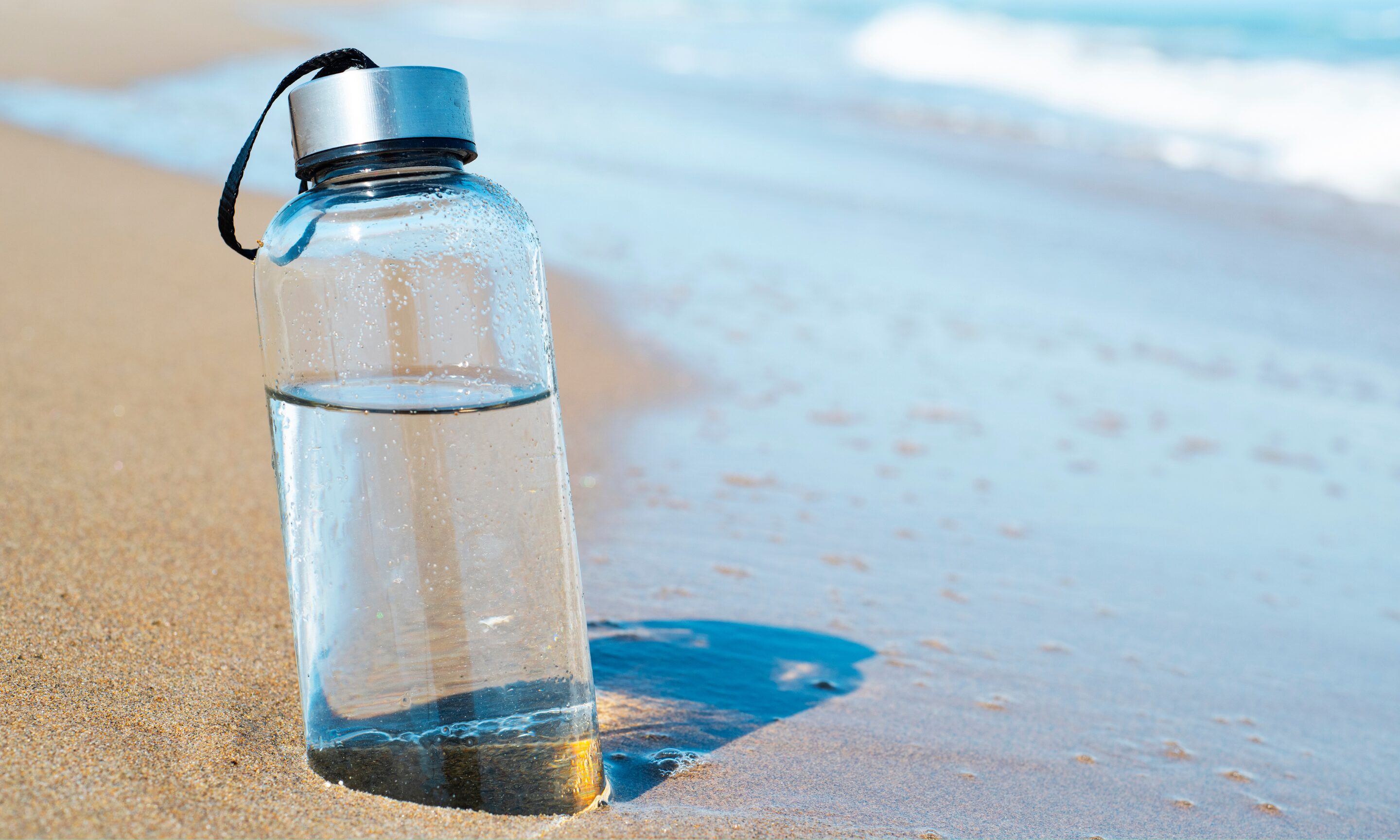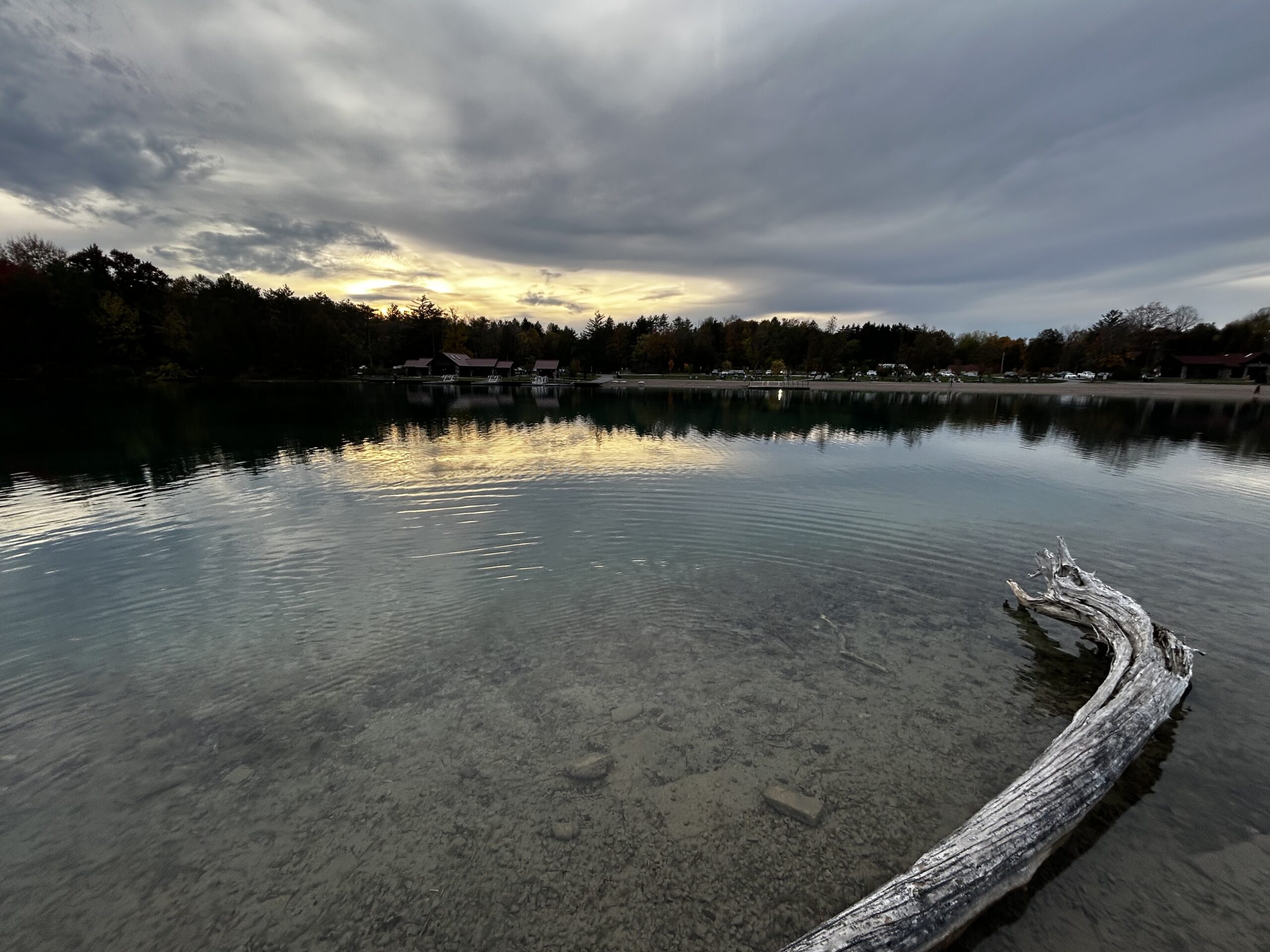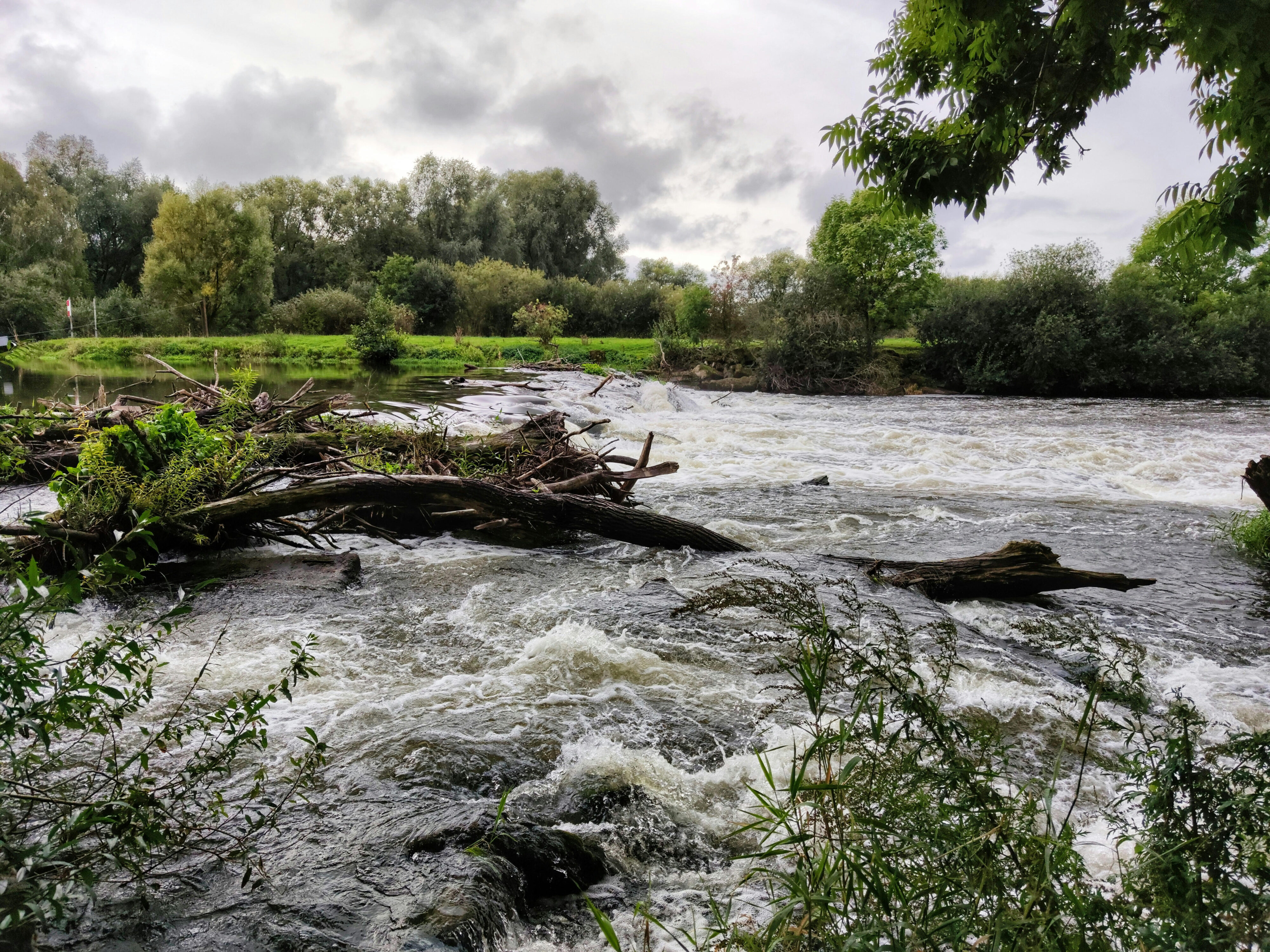The Chesapeake Bay, known for its beauty and ecological bounty, faces high levels of pollution from agricultural and urban runoff. Now it has a protective Congressional act, backed by bipartisan support.
New life for the Chesapeake Bay
Touching states across the east coast, the Chesapeake Bay is the largest estuary in the United States. But although it’s known for its beauty and ecological bounty, it faces high levels of pollution from agricultural and urban runoff. Cleaning up this waterway is a complicated issue, due to the massive span of the Bay and its tributaries as well as the threat of climate change, and conservationists find it difficult to coordinate clean-up efforts across the east coast, especially amidst COVID-19 budget cuts.
Then came an unexpected turning point: in October 2020, the America’s Conservation Enhancement Act passed Congress with bipartisan support. This new act provides landmark, sorely needed funding for the EPA’s Chesapeake Bay Program and other conservation efforts. In this video, Drew Robinson, of the Choose Clean Water Coalition, and Dr. Solange Filoso, of the University of Maryland Center for Environmental Science, discuss why this act is so remarkable and how it may change the future of the Bay.






















